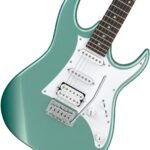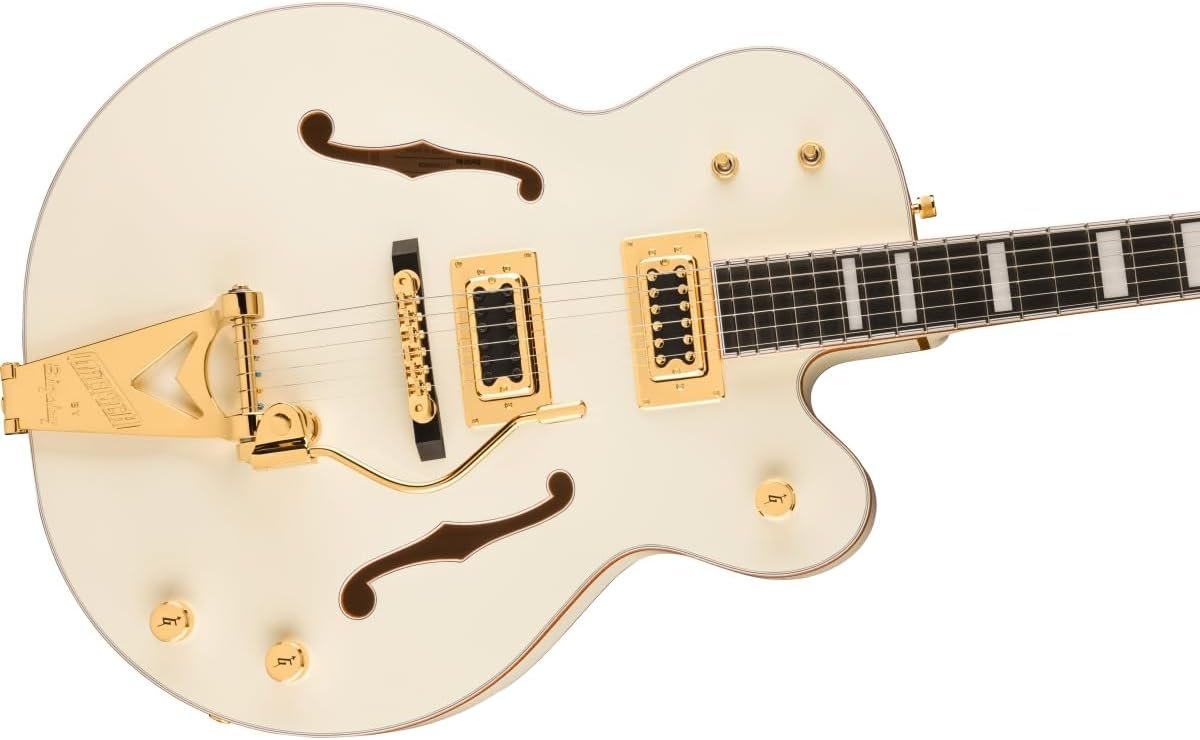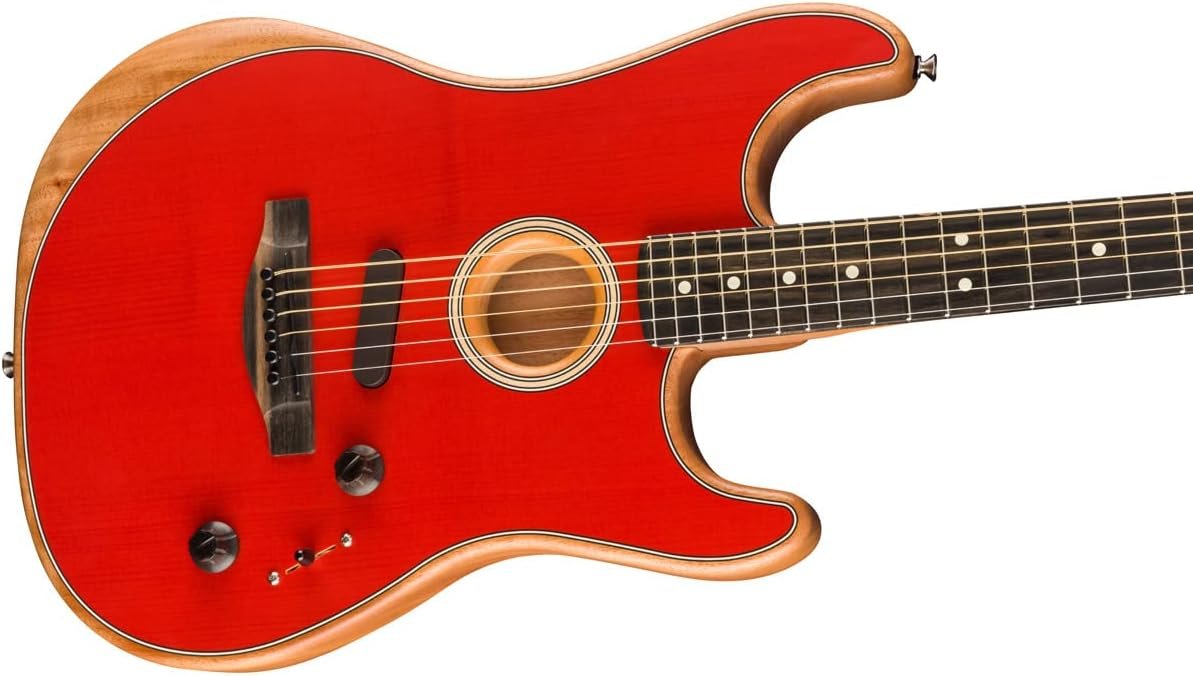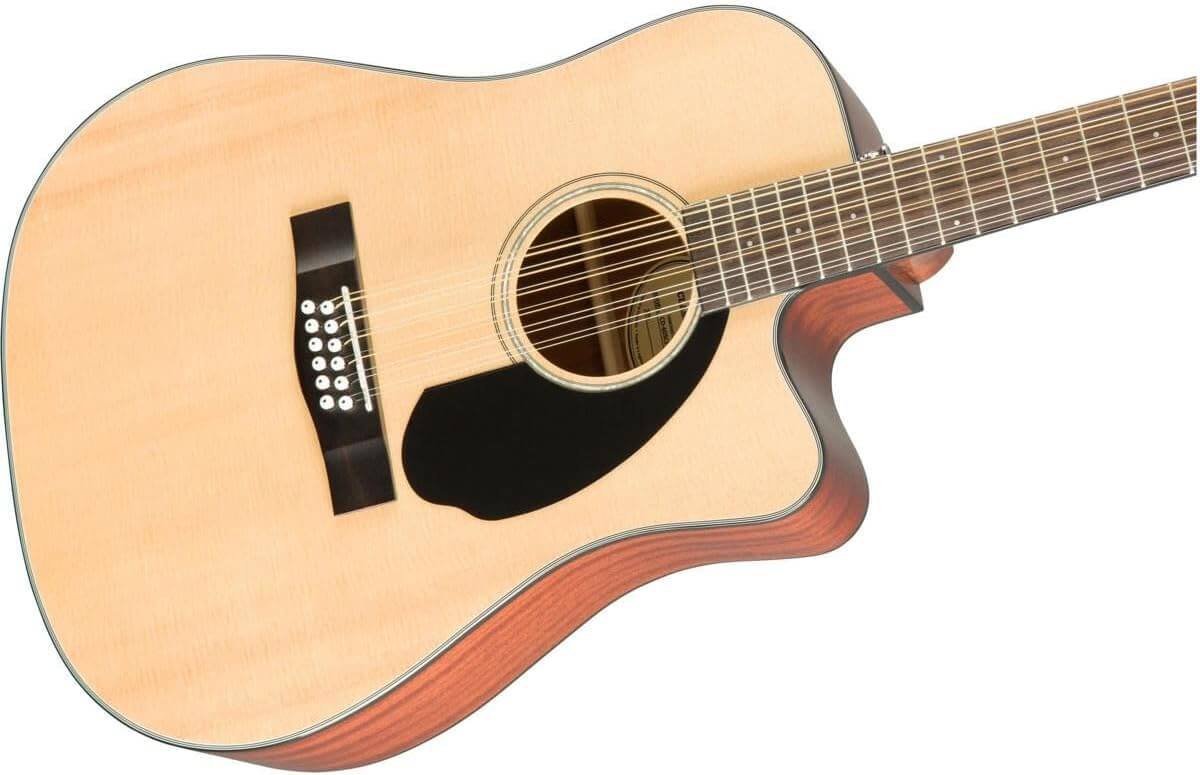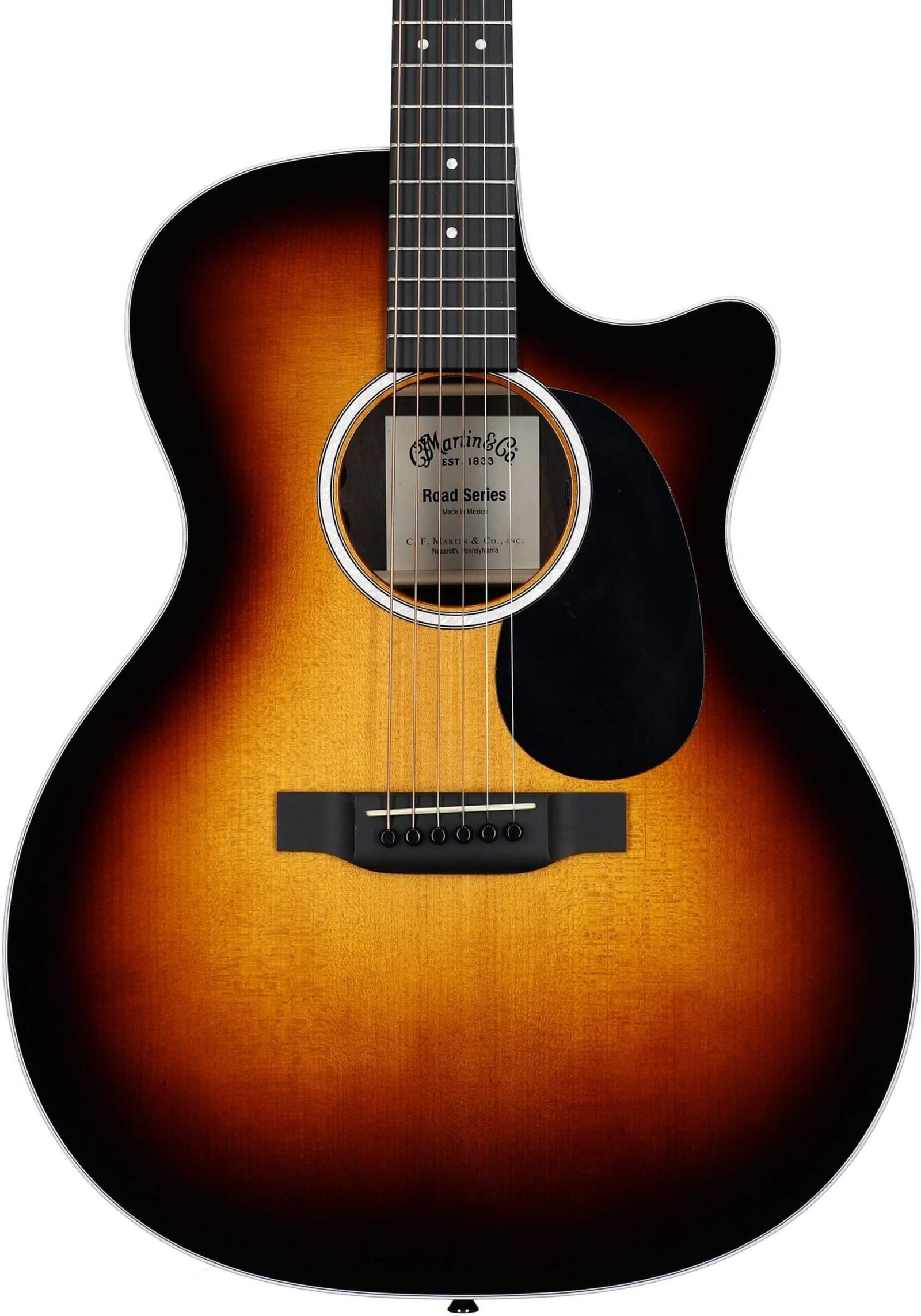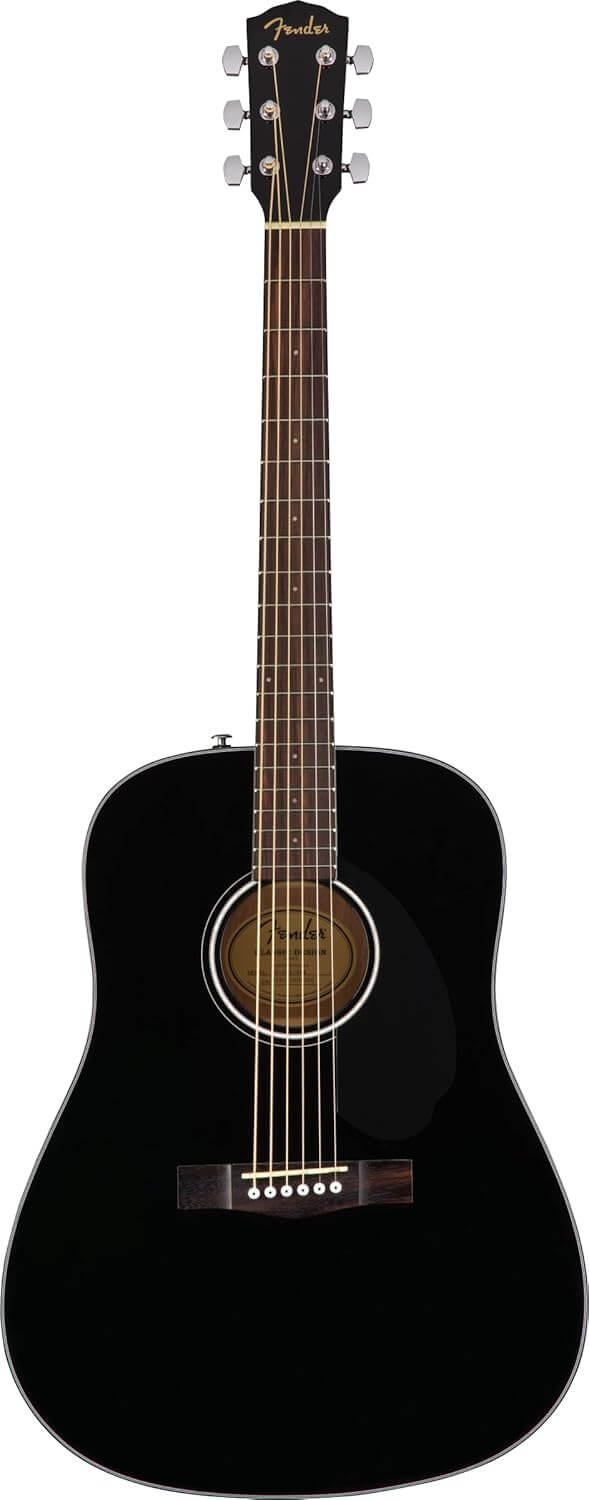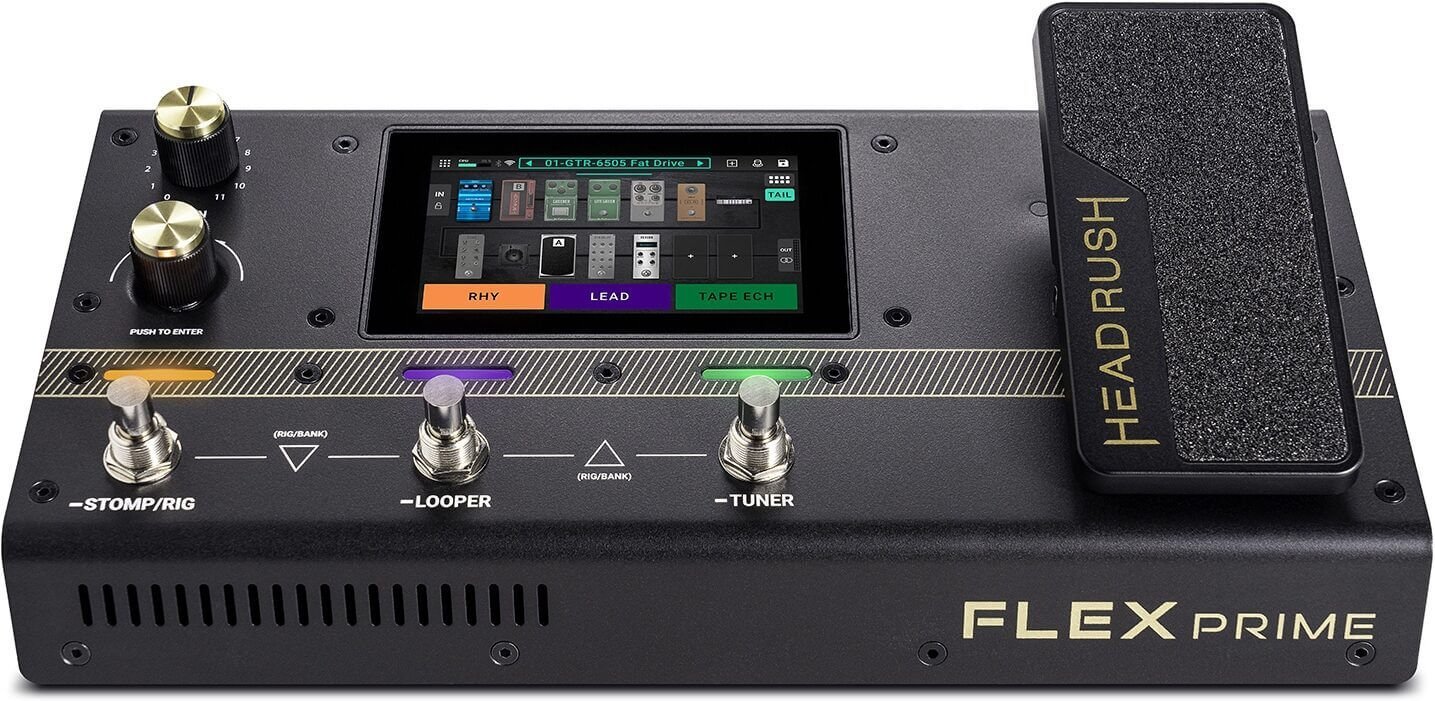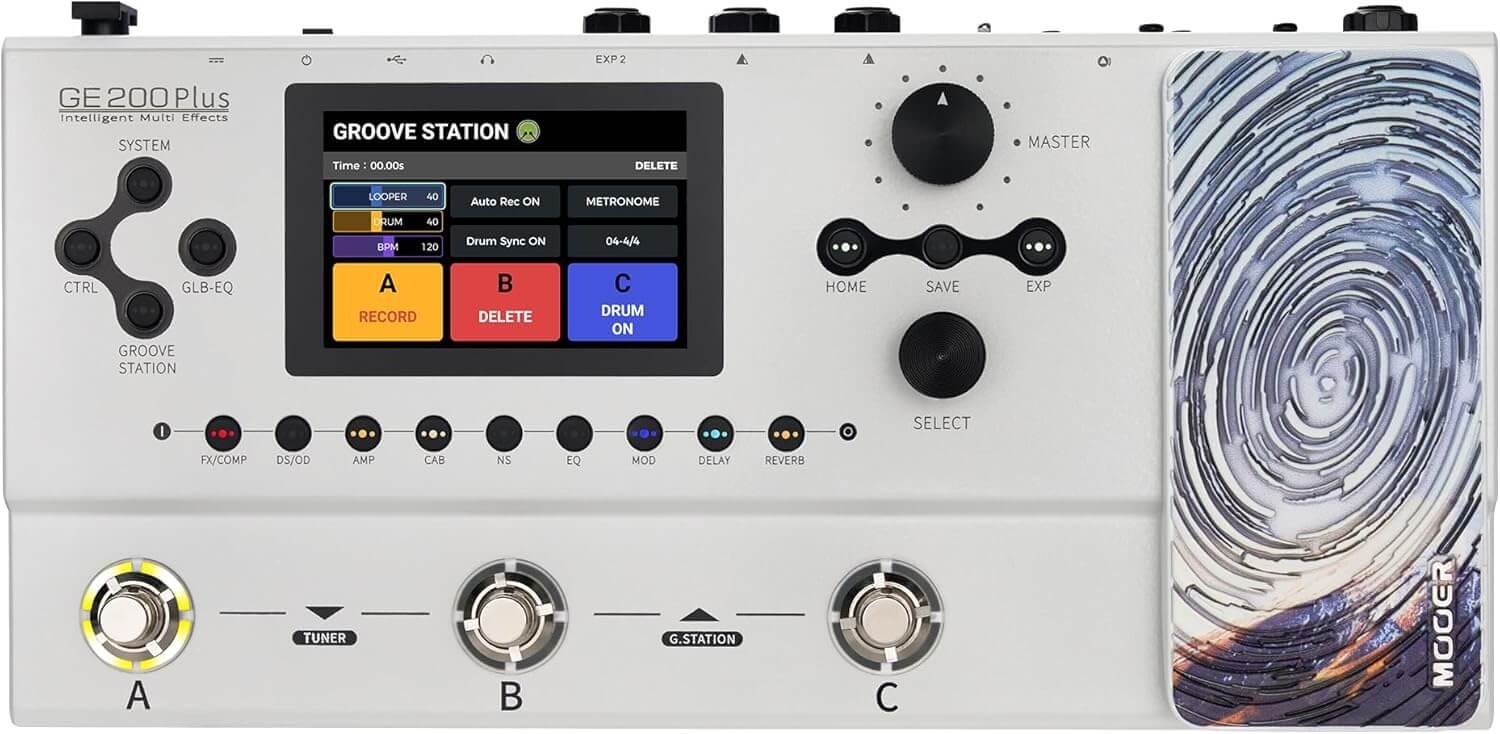The History of Yamaha Guitars
Yamaha Corporation was founded in 1887 by Torakusu Yamaha, who initially produced reed organs. Over the decades, the company diversified its portfolio by entering various musical instrument markets, including pianos and, eventually, guitars. In the early 1960s, Yamaha recognized the growing demand for affordable, quality guitars and took significant steps to establish itself in this competitive market. By 1966, Yamaha introduced its first guitar line, which quickly garnered attention for its craftsmanship and playability.
The evolution of Yamaha guitars has been characterized by a commitment to innovation and quality. In 1968, Yamaha released the FG Series, which became a landmark in the acoustic guitar segment due to its rich tonal quality and affordability. This series set a precedent for future models, showcasing how Yamaha blended traditional craftsmanship with modern manufacturing techniques. As the years progressed, Yamaha continued to expand its electric and electro-acoustic guitar offerings, creating popular models such as the RGX and the CPX series. The introduction of the Yamaha CPX600RTB in recent years represents a continuation of this legacy, offering musicians a balanced blend of sound quality and versatility.
Key milestones in Yamaha’s history include the development of their unique A.R.E. (Acoustic Resonance Enhancement) technology, which enhances the sonic properties of the wood used in their guitars. This innovation has allowed Yamaha to produce instruments that resonate with deep, rich tones while retaining tonal clarity across various playing styles. Furthermore, Yamaha’s reputation for quality has garnered endorsements from numerous professional musicians, further cementing its position as a leader in the guitar manufacturing industry.
As the music landscape continues to evolve, Yamaha remains dedicated to creating instruments that meet the demands of contemporary musicians while respecting the heritage of guitar craftsmanship. With an eye on the future, Yamaha is poised to further its influence in the music industry, inspiring both budding and established artists alike through its exceptional range of guitars.
Understanding Electro-Acoustic Guitars
Electro-acoustic guitars blend traditional acoustic guitar design with advanced technology to produce a versatile instrument capable of being played acoustically or amplified. Unlike traditional acoustic guitars, which rely solely on their hollow body for sound projection, electro-acoustic guitars integrate pickups and sometimes microphones that capture the sound vibrations of the strings and body, allowing for an enhanced performance experience. This technology enables musicians to plug into amplification systems, making them suitable for both live performances and studio recordings.
The fundamental difference between standard acoustic guitars and their electro-acoustic counterparts lies in their construction and functionality. While standard acoustic guitars produce sound purely through physical resonance, electro-acoustic guitars utilize either piezoelectric pickups or internal microphones that convert acoustic sound into an electrical signal. This allows for a clearer, more balanced sound when amplified, which is particularly beneficial in larger venues where acoustic sound may struggle to carry.
As the demand for versatility in music grows, the popularity of electro-acoustic guitars has surged in contemporary music scenes. Musicians can capture the warmth of acoustic tones while enjoying the benefits of amplification, leading to a dynamic range of sound options. The convenience of switching from acoustic to electric without changing instruments makes them an appealing choice for many artists across genres.
In addition to performance benefits, electro-acoustic guitars are also valuable tools for recording. The ability to seamlessly blend the natural sound of the guitar with electronic enhancements allows for greater creativity in the studio. This adaptability has made electro-acoustic guitars a staple among both amateur and professional musicians, solidifying their status as essential instruments in modern music. Overall, the hybrid nature of electro-acoustic guitars allows for an unparalleled level of flexibility and creativity within the ever-evolving landscape of music.
Overview of the CPX Series
The Yamaha CPX guitar series has established itself as a reputable line of electro-acoustic guitars, renowned for a blend of innovation, playability, and aesthetic appeal. Designed with the discriminating musician in mind, the series addresses the diverse needs of players across various musical genres. The CPX series stands out due to its distinctive body shape, which is slightly deeper than traditional acoustic models. This unique contour not only enhances comfort while playing but also contributes to the rich, resonant sound that many players appreciate.
One of the notable features of the CPX series is its sound projection capability. The use of high-quality tonewoods like spruce for the top and mahogany for the back and sides ensures a balanced tone with sufficient warmth and brightness. Additionally, the CPX guitars are equipped with Yamaha’s proprietary pickup systems, which provide excellent amplification of the guitar’s natural acoustic qualities. This makes it a favored choice for performers who require reliability and fidelity in live settings.
The design philosophy behind the CPX series emphasizes versatility and adaptability. With different models available, players can select guitars that suit their playing style, whether they prefer fingerpicking, strumming chords, or elaborate solos. The CPX models are also crafted with attention to detail, evident in the elegant finishes, inlays, and overall craftsmanship. Moreover, Yamaha’s commitment to sustainability can be seen in the materials used, aligning the brand with environmentally conscious practices in the music industry.
As a result, the Yamaha CPX series not only meets the functional requirements of musicians but also elevates their playing experience. Its combination of comfort, sound quality, and aesthetic appeal makes it a strong contender in the world of electro-acoustic guitars, ensuring that it remains a popular choice among both amateur and professional players. Ultimately, the CPX series encapsulates Yamaha’s dedication to creating instruments that resonate with the hearts and hands of musicians worldwide.
The Yamaha CPX600RTB: Design and Features
The Yamaha CPX600RTB Electro-Acoustic Guitar boasts a design that expertly merges aesthetics with functionality. Characterized by its unique body shape, the CPX600RTB features a cutaway design, allowing seamless access to the higher frets. The body is crafted from a combination of solid Sitka spruce for the top and nato for the back and sides. This selection of materials not only enhances the guitar’s visual appeal with a rich, warm finish but also contributes to its sound projection and tonal richness.
Aesthetically, the CPX600RTB stands out with its vintage natural burst (RTB) finish, which gives it a timeless quality. The rosette design further enhances its overall look, making it a prized addition for both collectors and performing artists. The use of die-cast chrome tuners ensures that the guitar remains in tune, while the precision of the craftsmanship guarantees durability and resilience through various performances and conditions.
Technically, the Yamaha CPX600RTB is equipped with a formidable electronics system designed to amplify its tonal capabilities. Features include a built-in Yamaha System 66 matrix pickup system, which captures the natural sound of the guitar while minimizing feedback. This system is paired with a 3-band EQ, allowing players to tailor the sound to suit their preferences, from mellow to bright tones. Additionally, the onboard tuner makes it easy for musicians to maintain precise tuning even in live settings. Overall, the combination of thoughtful design elements, high-quality materials, and advanced electronics ensures that the Yamaha CPX600RTB delivers exceptional performance while remaining visually striking.
Sound Quality and Performance
The Yamaha CPX600RTB Electro-Acoustic Guitar is renowned for its exceptional sound quality, a characteristic that plays a crucial role in its popularity among both beginners and seasoned musicians. Its design incorporates a solid Sitka spruce top, which contributes to a bright and articulate tonal quality. This construction allows for an impressive projection, ensuring that every note is delivered with clarity and richness whether played acoustically or when amplified.
In terms of tonal characteristics, the CPX600RTB exhibits a balanced frequency response, with a pronounced midrange that enhances its presence in ensemble settings. The guitar’s body shape is specifically designed to enhance resonance, allowing for a warm, full sound that resonates beautifully across various genres. This makes it suitable for folk, country, and even pop music, blending effortlessly with both vocal and instrumental accompaniment.
The CPX600RTB performs exceptionally well when amplified, thanks to its built-in Yamaha System 64 electronics. This preamp system preserves the natural tone of the guitar while offering control over the sound through equalization features. Musicians will appreciate the volume consistency and lack of feedback, even at higher levels, marking it as a reliable choice for live performances. The dynamics of the guitar are further enhanced by its responsiveness to playing techniques, such as fingerpicking or strumming, allowing for a nuanced expression of musical ideas.
Overall, the Yamaha CPX600RTB Electro-Acoustic Guitar stands out for its sound quality and performance versatility. Its ability to deliver a rich, resonant sound both acoustically and when amplified positions it as an ideal instrument for a wide range of musical styles, making it a valuable addition to any guitarist’s collection.
Who Is the Yamaha CPX600RTB For?
The Yamaha CPX600RTB Electro-Acoustic Guitar is designed to cater to a diverse range of musicians, offering features that appeal to beginners, amateurs, and professional players alike. Its versatility makes it an ideal instrument for various musical styles, from folk and rock to blues and pop, thus accommodating the dynamic needs of today’s musicians.
For beginners, the Yamaha CPX600RTB provides an accessible entry point into the world of acoustic guitar playing. With its comfortable neck profile and thoughtful design, new players will find it easy to navigate the fretboard while practicing fundamental techniques. Furthermore, the guitar’s built-in electronics ensure that learners can explore amplified sound without needing to invest in separate equipment right away.
Amateur musicians, on the other hand, will appreciate the CPX600RTB for its quality sound and aesthetic appeal. Musicians at this level usually seek instruments that deliver rich tones and sustain, both of which are characteristic of the CPX600RTB. This guitar also incorporates a cutaway design, allowing players to access higher frets, enabling greater creative exploration in performance and songwriting.
Finally, professional players will find the Yamaha CPX600RTB a suitable option for live performances and studio work. Its solid top construction yields a powerful, resonant sound, making it well-suited for a multitude of musical genres. The onboard electronics enhance its versatility further by enabling direct connection to amplifiers and sound systems, which is essential for stage performances.
In summary, the Yamaha CPX600RTB Electro-Acoustic Guitar presents an excellent choice for musicians at varying skill levels. Its adaptable features and superior sound quality allow it to fit seamlessly into different musical contexts, making it a worthy investment for anyone looking to elevate their musical journey.
Comparative Analysis: CPX600RTB vs Competitors
When examining the Yamaha CPX600RTB Electro-Acoustic Guitar in relation to comparable models from other brands, several factors come into play, including pricing, features, and user feedback. Notably, the CPX600RTB is positioned in the mid-range segment, appealing to both amateur and professional musicians due to its balance of quality and affordability.
One of its primary competitors is the Fender CD-60S, which offers a similar price range but differs in tonal characteristics and build quality. While the Fender model is often praised for its rich sound and traditional dreadnought shape, the CPX600RTB is recognized for its unique cutaway design that enhances playability in higher registers. This makes the Yamaha model particularly appealing to guitarists who frequently utilize complex chord voicings or soloing techniques.
Another competitor worth mentioning is the Takamine GD93, which, despite being slightly more expensive, is revered for its craftsmanship and detailed sound quality. However, the Takamine model lacks some of the advanced electronics found in the CPX600RTB, which features the System 66 pickup and preamp, specifically designed to maintain the guitar’s natural tonality while providing versatile amplification options.
In terms of user reviews, the Yamaha CPX600RTB often receives positive feedback for its comfortable neck, aesthetic appeal, and overall value. Musicians frequently note its ability to perform well both unplugged and amplified, a significant factor for those playing in diverse environments. On the other hand, the Fender and Takamine models, while delivering commendable quality, can be limited by their respective design approaches and may not cater to every player’s needs.
Ultimately, the comparative analysis showcases the Yamaha CPX600RTB as a worthy contender in the electro-acoustic guitar market. It stands out with its functionality and features, making it an excellent choice for a wide range of musicians seeking a reliable and quality guitar.
Care and Maintenance of Your Yamaha CPX600RTB
Maintaining your Yamaha CPX600RTB Electro-Acoustic Guitar is crucial for ensuring its longevity and optimal performance. Proper care not only preserves the instrument’s aesthetics but also enhances its overall sound quality. Here are several practical tips to help you take care of your guitar effectively.
Cleaning your guitar should be a regular practice. Use a soft, lint-free cloth to wipe the body, neck, and headstock after each use. This helps in removing oils, dust, and other residues that may accumulate. For deeper cleaning, consider using a specialized guitar cleaner, but avoid products containing harsh chemicals that can damage the finish. Pay special attention to the fretboard, as grime can build up over time; use a suitable fretboard conditioner to keep it hydrated and clean.
String replacement is another fundamental aspect of maintaining your CPX600RTB. Fresh strings not only improve tonal quality but also enhance playability. Depending on your playing frequency, strings should typically be replaced every few weeks to months. When changing strings, ease the tension gradually to avoid damaging the neck. Be sure to clean the fretboard before installing new strings to ensure optimal contact and sound.
Humidity control is essential for keeping the wood in your Yamaha CPX600RTB healthy. Ideally, the relative humidity should be maintained between 45-55%. Using a hygrometer can help you monitor the humidity levels in your environment. If conditions are excessively dry, consider using a guitar humidifier inside the case to prevent cracks and warping. Conversely, avoid placing your instrument in overly humid areas, as excessive moisture can lead to mold and other issues.
Lastly, general upkeep includes checking the integrity of the electronics, tuning regularly, and storing the guitar in its case when not in use. A well-maintained Yamaha CPX600RTB can provide years of enjoyment, so investing time and care into these areas will enhance your playing experience significantly.
Conclusion: The Future of Yamaha Guitars
Yamaha has long been recognized for its innovative contributions to the world of music, particularly in the realm of acoustic guitars. The CPX600RTB Electro-Acoustic Guitar exemplifies the brand’s commitment to quality, craftsmanship, and advanced technology. As we look at the significant features and the positive reception surrounding the CPX600 series, it is evident that this instrument not only meets the demands of current musicians but also sets a benchmark for future designs.
Throughout the years, Yamaha has built a legacy defined by versatility and reliability, addressing the needs of beginner and professional musicians alike. From the rich tone to the exceptional build quality of the CPX600RTB, Yamaha continues to push the boundary of what is possible in guitar construction. Innovations such as improved electronics and advanced materials have enhanced the performance of their guitars, suggesting a promising trajectory for future models.
As we project into the coming years, it is reasonable to speculate that Yamaha will continue to embrace technological advancements while honoring traditional craftsmanship. By 2025, we may see even more integration of digital technologies in their instruments, providing musicians with tools that enhance creativity and precision. The evolving preferences of players, leaning towards sustainability, may also encourage Yamaha to explore eco-friendly materials in their production processes.
The continuation of the CPX series seems assured, with expectations for even broader tonal ranges and playability improvements. Yamaha’s dedication to quality and innovation suggests that the next iterations will likely incorporate feedback from the musical community, ensuring that their offerings remain relevant and desirable. In this dynamic landscape, Yamaha guitars are poised to not only maintain their esteemed position but also pave their way towards a future marked by creativity and excellence in sound.



